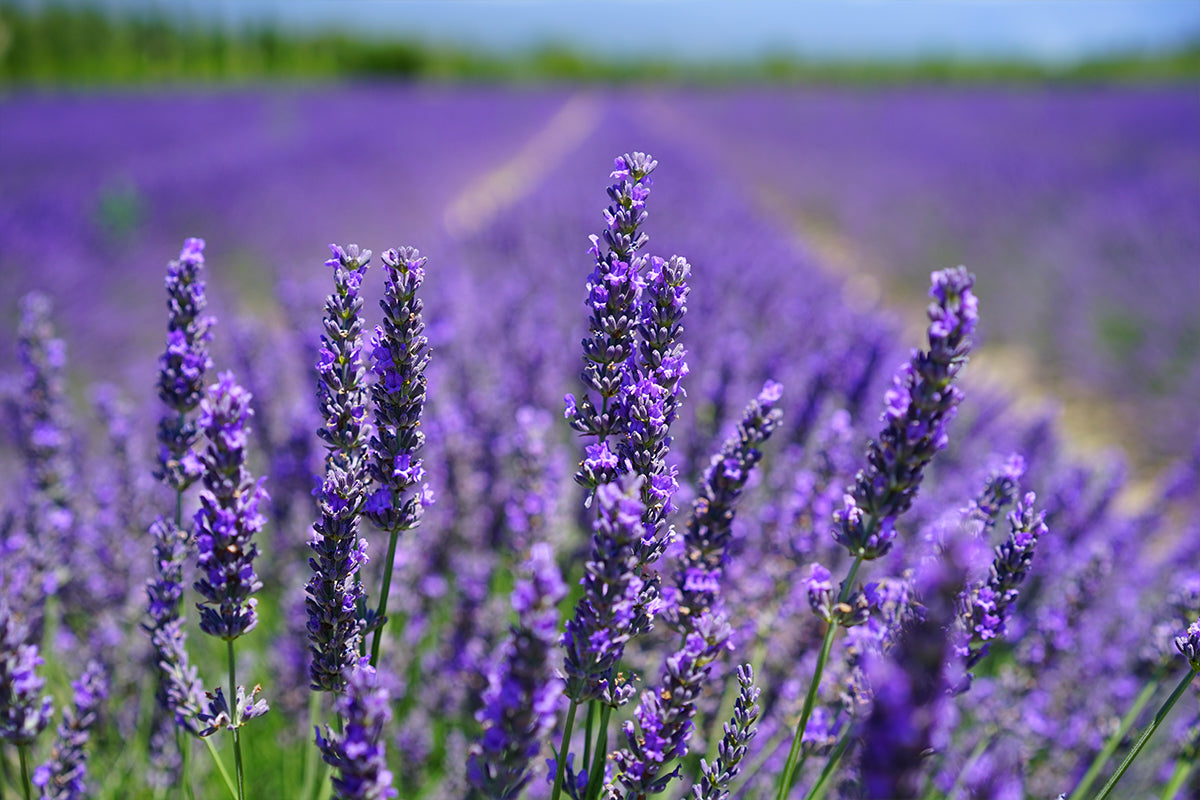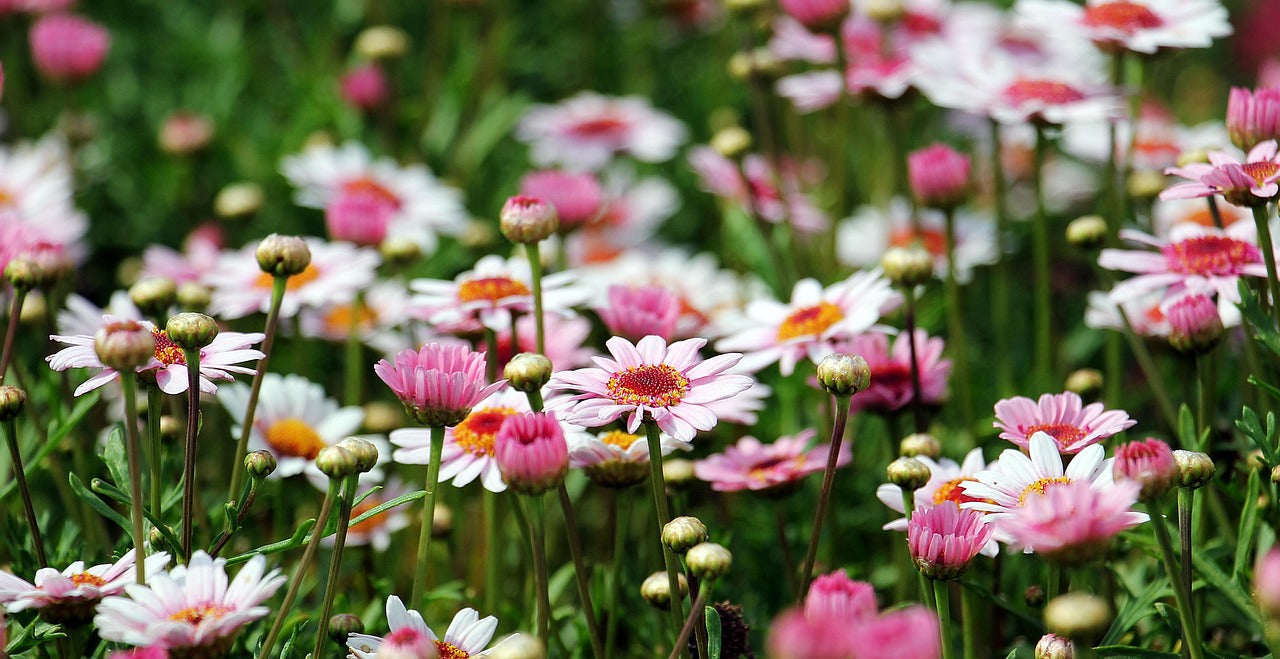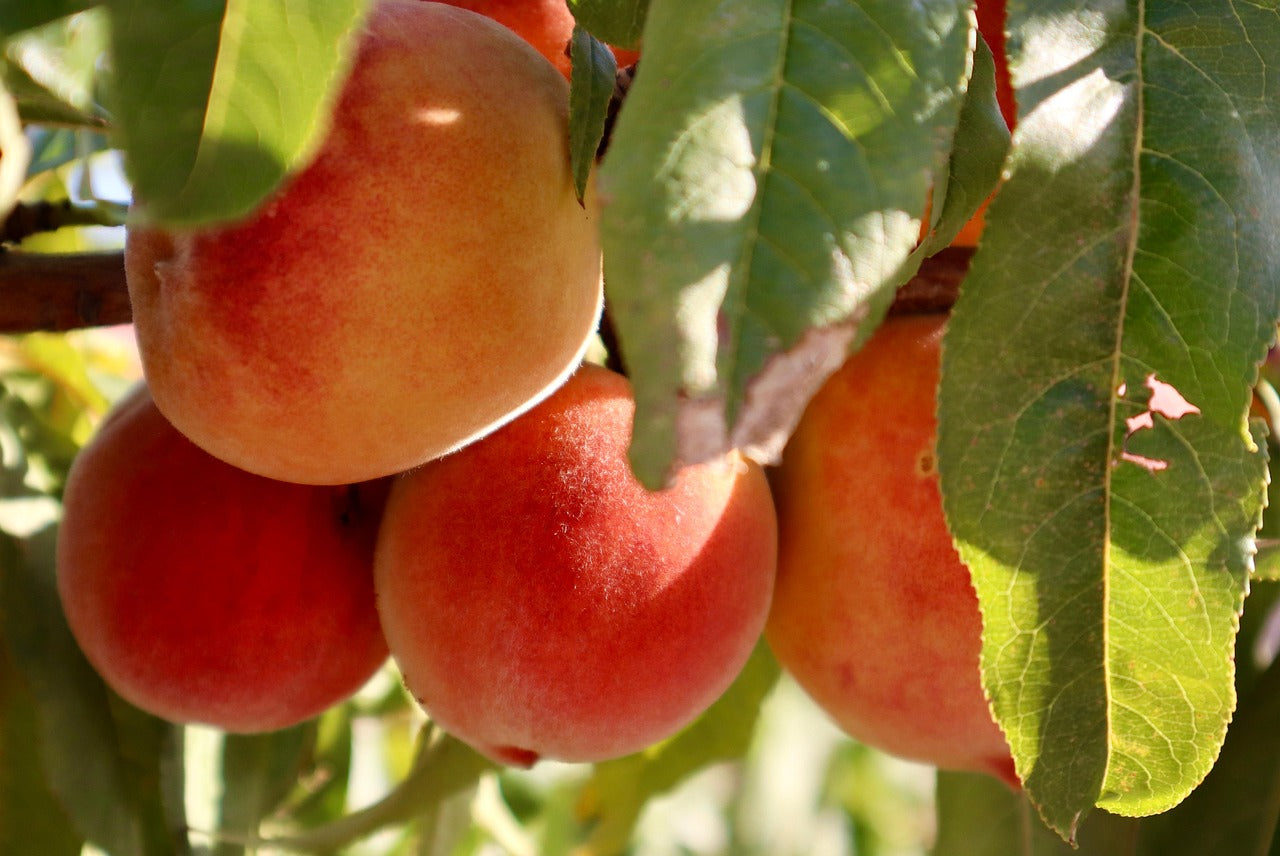Lavender is one of the most widely cultivated plants. They have a long flowering period and are tough and easy, making them a best seller. With the ‘Mediterranean’ look being so popular they will no doubt remain a favourite for some time to come.
Most lavender used in the home garden belongs to one of two groups: the stoechas species known as Mediterranean lavenders or the angustifolia species, known as English or Spica lavenders. There are a few lavenders that belong to neither group such as pinnata, pedunculata and dentata or French lavender. English lavenders are best for small border edges, stoechas for medium sized hedge and the dentata for a tall hedge or background. Palmers handy tip: Lavenders are ideal in containers, for the flower border or used for a hedge. Lavenders also look stunning as standards for a more formal look.
Planting Lavender
Lavender is very easy to grow when given the conditions it enjoys. Lavender prefers full sunlight – so plant where it will receive light for the majority of the day. Lavenders do not tolerate waterlogged environments; they need a well-drained site to develop into healthy plants. Restrict watering your lavender plants to the hot summer months. Sand can be added to improve drainage or planting on a mound will help. Alternatively plant in containers and position around the garden or deck. Lavenders can be planted at any time, as long as the roots are kept moist while the plant is establishing. Palmers handy tip: Bees love lavender flowers and when visiting they will also pollinate other plants in your garden. The best thing you can do to help save the kiwi bees is to plant more lavender!Pruning Lavender
To ensure that plants are kept bushy and to promote flowering, it is essential to prune lavenders regularly. It also prevents the plant becoming ‘woody’. Lavenders are best trimmed and pruned after flowering has finished, with a main annual cut back in summer so that new growth has time to harden off before winter. Remove the spent lower spikes and trim to shape. Prune back by a third as soon as they finish flowering to encourage new growth.Fertilising Lavender
Place a slow release fertiliser in the hole when initially planting the lavender. Feed with an all-purpose fertiliser in early spring and again in late summer.Pests and diseases
Lavender suffers from few pests or diseases although root-rot is a common health problem. This can be prevented by improving the drainage situation. The Spittle Bug is one of the few insects that take to the lavender plant. It is often found in early summer and although the foamy spots look unsightly, they cause no real damage. The Spittle Bug can be hosed off with a strong stream from a hose or even removed by hand. The Garden Weevil chews at the stems of the mature heads of the lavender, resulting in the heads becoming withered. The Garden Weevil is extremely difficult to manage organically and therefore a contact pesticide is suggested, however pyrethrum oil may reduce the effects.| Variety | Approx. height | Approx. spread | Colour | Flowering period | Type |
| Lavendula angustifolia | 1m | 1m | Purple/blue | Spring to summer | English |
| Lavendula ang. munstead | 40-60cm | 40-60cm | Purple/blue | Spring to summer | English |
| Lavendula ang. hidcote | 30-40cm | 30-40cm | Dark purple | Spring to summer | English |
| Lavendula ang. rosea | 70-80cm | 70-80cm | Pale pink | Spring to summer | English |
| Lavendula ang. lavender lady | 25-35cm | 25-35cm | Lavender blue | Spring to summer | English |
| Lavendula ang. foveaux storm | 40-60cm | 40-60cm | Rich velvet purple | Spring to summer | English |
| Lavendula dentata | 1.2m | 1.2m | Lavender mauve | All year | French |
| Lavendula dentata monet | 60cm | 60cm | Lavender blue | All year | French |
| Lavendula stoechas | 50-80cm | 80-100cm | Purple | Spring to mid summer | Mediteranean |
| Lavendula stoechas avonview | 50cm | 60cm | Deep violet purple | Spring to mid summer | Mediteranean |
| Lavendula stoechas butterfly | 60cm | 60cm | Lilac | Spring to mid summer | Mediteranean |
| Lavendula stoechas helmsdale | 60cm | 60cm | Dark plum/purple | Spring to mid summer | Mediteranean |
| Lavendula stoechas major | 60cm | 60cm | Deep purple | Spring to mid summer | Mediteranean |
| Lavendula stoechas marshwood | 50cm | 50cm | Pale purple | Spring to mid summer | Mediteranean |
| Lavendula pendunculata | 60-80cm | 80-100cm | Light purple | Spring to mid summer | Mediteranean |
| Lavendula pendunculata pippa | 80cm | 80cm | Purple | Spring to mid summer | Mediteranean |
| Lavendula pendunculata pukehou | 1m | 1m | Vibrant purple | Spring to mid summer | New Zealand |
| Lavendula pinnata sidonie | 1.2m | 1.2m | Vivid violet blue | All year | |
| Lavendula with love | 70-80cm | 70-80cm | Clear pink | All year | New Zealand |
| Lavendula ruffles series | 50-70cm | 50-70cm | Various colours | Spring to summer | Australian |
| Lavendula winter lace series | 80-100cm | 80-100cm | Various colours | Winter to summer | Mediteranean |
| Lavendula the princess | 70-80cm | 70-80cm | Vivid deep pink | Spring to summer | Australian |
| Lavendula leigh series | various | various | Various colours | Spring to summer | New Zealand |













































